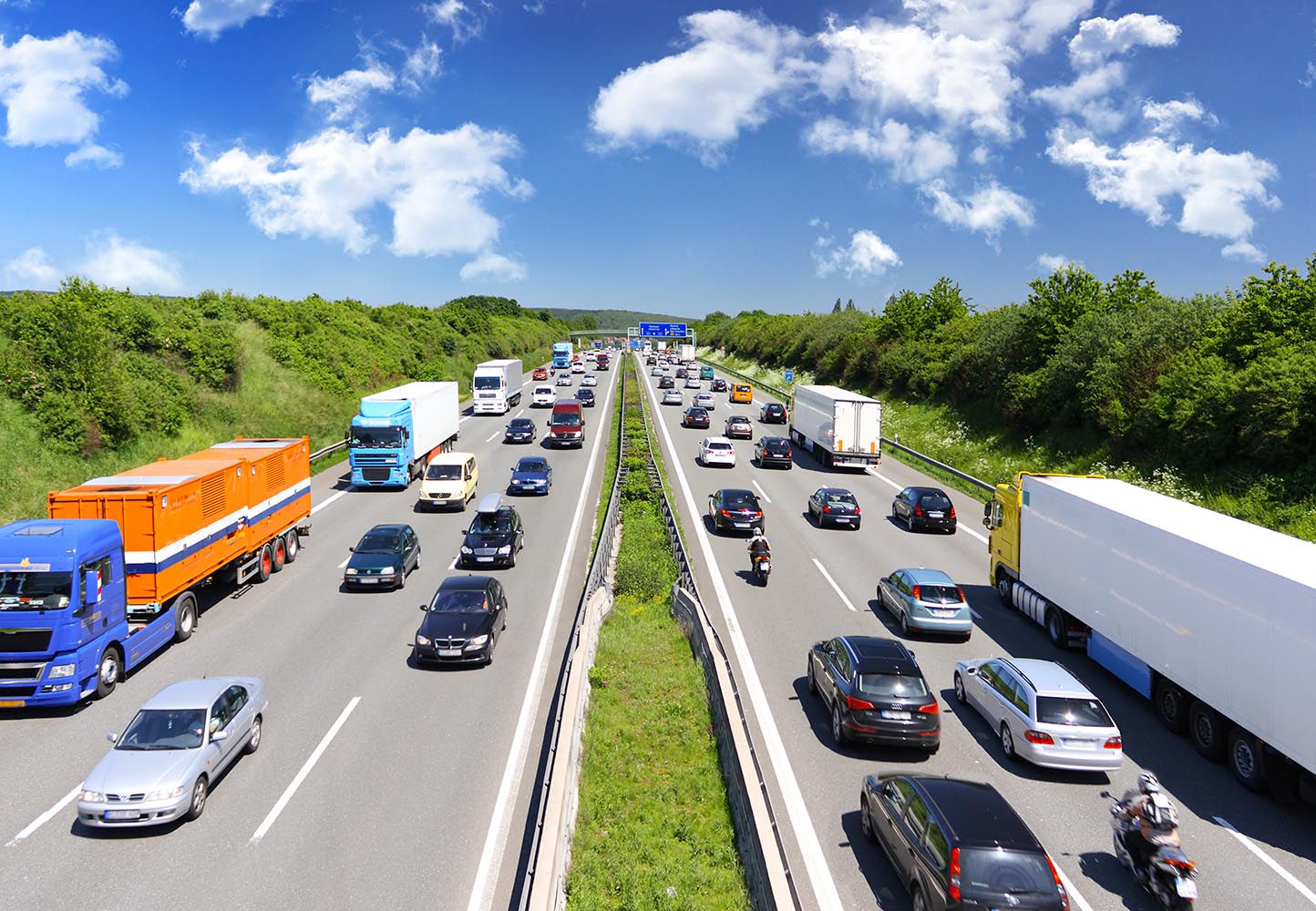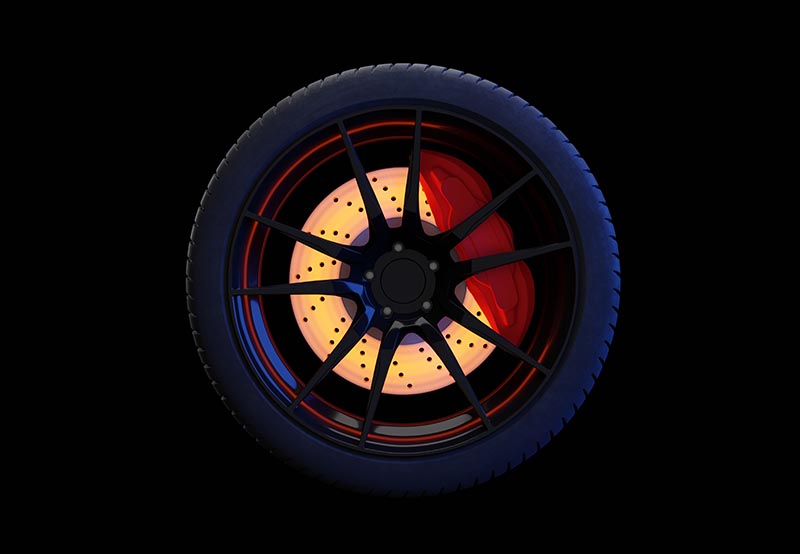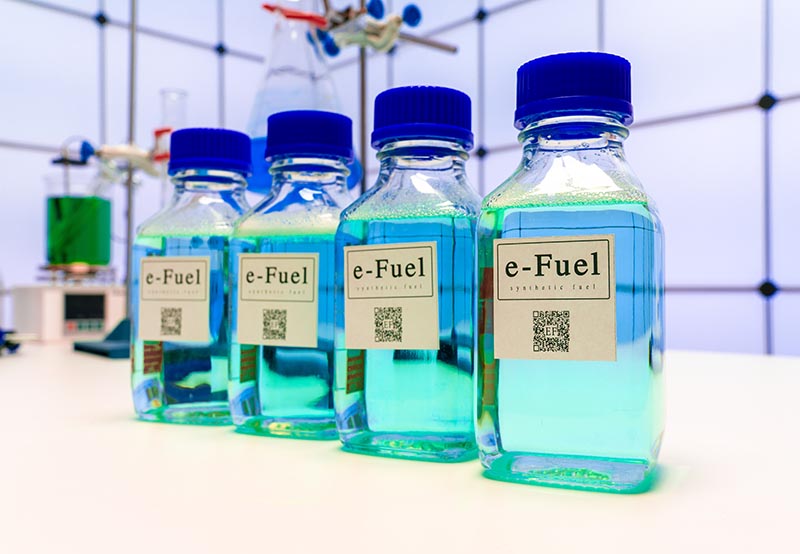
EU’s Euro 7 and green energy shift: New era in sustainability
The European Union (EU) is a global leader in championing sustainable transportation and energy practices. Over the past few years, the bloc has implemented a raft of comprehensive policies and regulations that prioritise cleaner and more efficient modes of transportation and decarbonising energy. In the past few months, there have been several significant developments in the EU. In this article, we unpack the latest benchmarks for vehicle emissions, engine oils, transportation fuels and renewable energy.
Europe is renowned for producing top-quality, low-emission cars and has been instrumental in shaping stringent global emission standards. The latest emissions regulation, Euro 7, was presented by the European Commission in November 2022. Euro 7 directs a reduction in air pollutants from road transport and forms part of the 2020 Sustainable and Smart Mobility Strategy and 2021 Zero-Pollution Action Plan.
Euro 7 will replace the incumbent Euro 6/VI standards and, for the first time, will combine light- and heavy-duty motor vehicle emissions requirements under a single regulation. New elements include limits for non-exhaust emissions from brakes and types, battery durability requirements for electric cars and stricter vehicle lifetime obligations. The standard also allows for advanced technologies and emission-monitoring tools.
On September 25, 2023, the European Council formalised its stance on the proposed Euro 7 regulation in advance of negotiations with the European Parliament. The Council cited several “pragmatic” changes to the Commission’s plan which, they say, strikes a balance between stern vehicle emission needs and automotive investment realities in an industry already facing an arduous transition to zero-emission vehicles.

The Council’s position maintains emissions limits and test conditions for private passenger cars and vans—as established in Euro 6—while lowering limits and slightly adjusting test conditions for buses, coaches and heavy commercial vehicles. Brake particle emissions and tyre abrasion rate limits are aligned with international standards, and a newly proposed 2030 zero-CO2 emissions target for urban buses is also accounted for.
On November 9, the European Parliament joined the Council in endorsing a diluted version of the regulation. Lawmakers voted 329 votes in favour, 230 against with 41 abstentions. The EU Parliament, Council and Commission will now begin negotiations on a final document. Alongside the weakened nitrous oxide (NOx) limits for trucks, there is also a delay in timings. The commission originally wanted the rules to apply from 2025. Approval may be granted as soon as the beginning of 2024, however, the regulations will be implemented no earlier than 2026 for passenger cars and 2027 for heavy trucks.
While the developments were welcomed by the European Automobile Manufacturers’ Association (ACEA)—the lobby group for European automakers—as “a more realistic approach to Euro 7”, environmental groups have been less accommodating. In a statement from Transport & Environment (T&E), Anna Krajinska, vehicle emissions and air quality manager, labelled the legislation as “worse than useless,” suggesting that it fails to significantly increase air pollution protections beyond Euro 6. “Lawmakers should have the decency to rename it Euro 6F or withdraw it,” she says.
The United Kingdom (UK), now outside of the EU, has also done an about-turn on transportation policies. In a speech at Downing Street on September 20, 2023, Prime Minister Rishi Sunak walked back a government commitment to ban petrol and diesel cars and vans by 2030. However, he confirmed that net zero by 2050 remains the ultimate goal. Sunak advised that the five-year delay gives more time to prepare for the shift to electric vehicles (EVs), including the establishment of required charging infrastructure. A 2035 timeframe aligns the UK with the large markets of Europe and the United States.
You might suspect that this would be music to the ears of the automotive industry, enabling them to continue to milk the “cash cow” that is the internal combustion engine (ICE). In fact, the move has angered many manufacturers. OEMs are spending big on the changeover to EVs and many have established long-term product plans around the 2030 deadline. “If there’s one thing car companies hate, it’s uncertainty,” says Andy Palmer, former Aston Martin chief and Nissan engineering boss. In a statement, Lisa Brankin, chair of Ford UK, also suggested that relaxation of the 2030 deadline undermines the need for consistency from the UK government.
E-fuels are a contentious topic in Europe. Previous updates to carbon dioxide (CO2) standards imposed a de facto ban on the registration of ICE vehicles as of 2035—until an eventual compromise was reached for “vehicles running exclusively on CO2 neutral fuels.” Speaking at an e-fuels conference in September 2023, German Transport Minister, Volker Wissing, again provoked controversy, suggesting new ICEs should be able to run on e-fuels after 2035, even if they don’t achieve complete climate neutrality. Recent reports have suggested the commission is considering watering down the carbon neutrality for e-fuels. Wissing, and others, believe a 70% reduction compared to traditional fuels is a more achievable target.

Certainly, the goal for transportation is net zero. However, proponents of e-fuels have argued that the same carbon neutrality requirement does not apply to the electricity used to power EVs. E-fuels can also assist in decarbonising the existing vehicle fleet.
ACEA’s Oil Sequences for light-duty engines were updated on September 12, 2023. Oil Sequences define the minimum quality level of engine oil for self-certification to the European Engine Lubricants Quality Management System (EELQMS). Key changes to the 2023 edition include the revival of the OM646LA Wear Test, which was previously removed due to concerns about test availability beyond 2022. Hardware issues appear to have been resolved, with parts now available beyond 2026. The wear test is used exclusively in the 2016 ACEA legacy categories: A3/B4, A5/B5, C2, C3, C4 and C5.
The other major development is the addition of a new ACEA C7 category. C7 is like ACEA C6, except it offers enhanced fuel economy (FE) via the low viscosity SAE 0W-16 grade and is suitable for both gasoline and diesel engines. There is no requirement for new base oil or formulation, just an adjustment to viscosity. A 0.3% fuel economy limit is targeted in the JASO FE M366 test.
Aviation accounts for 2.5% of global emissions and continues to be scrutinised over its environmental impact. In September, the EU Parliament adopted a new law imposing mandatory targets for sustainable fuels in aviation as part of the ReFuel EU Aviation initiative. At least 2% of fuels sold for flights within the EU must be sustainable aviation fuels (SAF), such as advanced biofuels or hydrogen, by 2025. The binding targets will progressively increase to 6% in 2030, 20% by 2035, and 70% by 2050. The legislation also includes a provision for a review of targets in 2032.
In what was a flurry of activity around the EU sustainability agenda in the last quarter of 2023, the EU also took steps to boost the adoption of renewable energy. The EU Parliament and Council formally adopted the amended Renewable Energy Directive (RED III), that will succeed the previous version, which has been legally binding since June 2021. Once published in the EU’s Official Journal member states have 18 months to transpose it into national legislation.
RED III raises the share of renewables in final energy consumption to 42.5% by 2030, although member states are urged to aim for a stretch target of 45%. The legislation also enables expedited approvals of new renewable energy power plants, such as solar and wind farms. There is a mandate on a minimum of 14% of transport fuels from renewable sources by the end of the current decade.








